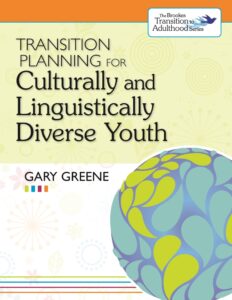 In many cases, culturally and linguistically diverse students with disabilities have a more challenging road to adulthood than their Caucasian peers with disabilities. The “why” is complex and includes many factors: communication barriers, lack of culturally responsive dialogue, differences in values between home and school, and stereotypes and biases held by school personnel, just to name a few. Transition specialist and trainer Gary Greene aimed to dismantle those barriers with his practical guidebook Transition Planning for Culturally and Linguistically Diverse Youth—and in today’s blog post, we’re sharing some insights from that book to help you collaborate with diverse families on transition IEPs in more culturally responsive ways. Read on for some critical aspects of cultural competence, a case story that shows what culturally responsive collaboration looks like in action, and some key questions to ask families before a transition IEP meeting.
In many cases, culturally and linguistically diverse students with disabilities have a more challenging road to adulthood than their Caucasian peers with disabilities. The “why” is complex and includes many factors: communication barriers, lack of culturally responsive dialogue, differences in values between home and school, and stereotypes and biases held by school personnel, just to name a few. Transition specialist and trainer Gary Greene aimed to dismantle those barriers with his practical guidebook Transition Planning for Culturally and Linguistically Diverse Youth—and in today’s blog post, we’re sharing some insights from that book to help you collaborate with diverse families on transition IEPs in more culturally responsive ways. Read on for some critical aspects of cultural competence, a case story that shows what culturally responsive collaboration looks like in action, and some key questions to ask families before a transition IEP meeting.
As Greene points out in his book, “differences in cultural values and beliefs, life priorities, primary language, and day-to-day basic survival needs, along with many other challenges faced by culturally and linguistically diverse families of youth with disabilities, make it more difficult for families to play an active role in transition planning.” Fortunately, there are actions and attitudes your team can take to mitigate these challenges and ease communication and collaboration. Greene cites the landmark Lynch and Hanson book Developing Cross-Cultural Competence, which identified five aspects of cultural competence that can optimize communication and interactions with diverse families of youth with disabilities:
- An awareness of one’s own cultural limitations
- Openness, appreciation, and respect for cultural differences
- A view of intercultural interactions as learning opportunities
- The ability to use cultural resources in interventions
- Acknowledgment of the integrity and value of all cultures
You can see some of these key aspects in action in this case study excerpted from Transition Planning for Culturally and Linguistically Diverse Youth, which illustrates a culturally responsive approach to a transition IEP for a student named George:
George Polomalu is a 17-year-old native Hawaiian student with a learning disability. He is on track to graduate high school with a diploma but has struggled in school and is not motivated to pursue postsecondary education. He lives at home with his mother, father, and two sisters (one older and one younger). His parents both work in the hospitality/tourist industry, and the whole family is involved in Polynesian cultural entertainment (music, dancing, and singing). His high school special education teacher, Ms. Brown, is a white woman in her early 20s who was trained in special education at a university in southern California. She left the mainland 2 years ago and moved to Hawaii to pursue her first job in special education at George’s high school. She is conducting a transition planning meeting at which George and his mother are present.
The meeting begins with introductions and a review of George’s current level of performance (i.e., standardized test scores), grades, and completed credits toward his high school diploma. They then discuss postsecondary goals for George’s remaining years in high school and beyond. Ms. Brown asks George whether he has considered attending college after he graduates. George responds that he is not really interested in college and is “kind of burnt out on school.” Ms. Brown responds, “You know George, when I was growing up, my parents used to tell me a quote by President John F. Kennedy: ‘To get a good job, get a good education.’” George shrugs his shoulders in response.
At this point Mrs. Polomalu speaks up and says, “You know, Ms. Brown, in our culture it is not always necessary to go to college to get good work in Hawaii. It certainly helps in the long run, but many of us start out in the hospitality business, or tourism, or entertainment and make a decent living.” Ms. Brown responds, “I appreciate what you are saying, Mrs. Polomalu. Over time I’ve begun to see that things are different here than on the mainland. I can accept that. But what about George moving out of the house and living on his own? Isn’t that important to you, George?” George responds, “Maybe someday. Maybe after I get married and have a family of my own.” Mrs. Polomalu adds, “Hawaiian families don’t do things that way, Ms. Brown. We live together, love together, and extend ourselves to one another. The whole community raises a child, not just the immediate family. George has spent as much time with his aunties and uncles in his life as he has spent at home. He will always have a place to live wherever he wants in this community.” Ms. Brown responds, “So, George, independent living is not a high priority for you in the near future?” “No, ma’am,” replies George. “All right then,” says Ms. Brown, “I guess we won’t include that as one of your postsecondary goals, as neither you nor your family seems concerned about this.”
Ms. Brown asks George what he would like to do after he finishes high school. George is a very talented Polynesian entertainer who is an exceptional dancer, musician (he plays several musical instruments), and singer. He has been performing since he was a small child in the family Polynesian entertainment group. George responds to Ms. Brown’s question by saying, “I would like to continue performing more full time with my family’s group for awhile and maybe someday consider starting my own group or going to music school to perfect my music.” Ms. Brown responds, “Those sound like excellent goals for you, George, and ones that you are very likely to succeed in accomplishing. Let’s map out a plan for the next several years that will help you move in this direction. But before we do this, let me ask your mom if she is okay with this or has anything to add.”
Mrs. Polomalu responds, “I think this is great. It would make all of us very proud if George were able to do these things. We’ve known since he was very little that he had extra special talents in music and dancing. These are things that he is motivated to do, and that’s always been half the battle with George—getting him involved in things he loves and can do!” The meeting ends with the completion of George’s transition IEP and the refinement of postsecondary goals that correspond to his desires and wishes and those of his family.
Many examples of culturally responsive collaboration were present in George Polomalu’s transition IEP meeting. Ms. Brown:
- demonstrated an openness, appreciation, and respect for the Polynesian culture despite
- it being different from her own
- utilized the interaction with George and his mother as a learning opportunity
- was willing to utilize cultural resources in planning George’s IEP goals
- demonstrated an awareness of her own cultural limitations when she said, “Over time I’ve begun to see that things are different here than on the mainland.”
So what can your team do to initiate more culturally responsive collaboration with parents of your diverse students with disabilities? Gary Greene’s book walks you through the whole process of culturally responsive transition planning, but a good place to start is by asking the family some key questions before an IEP/transition IEP meeting. Here’s a list of questions you might consider asking:
- What languages are spoken in the home and by which family members?
- Do you understand and read English, or would you like us to provide an interpreter at the meeting and written information in your home language?
- How is your family conceptualized—as a nuclear unit or as an extended family structure?
- How do your family and cultural community view the role of education in your child’s life?
- How does your family and cultural community feel about children with disabilities? How do these affect the family members’ views of treatment and services for your child?
- What are the family’s norms for the personal and social development of youth with disabilities (e.g., what degree of independence is encouraged)?
- What are your family’s decision-making practices? Are they hierarchical, with the older adults holding the decision-making power, or are they oriented toward individual rights, with children expected to self-advocate?
- How much legal knowledge about parents’ rights and advocacy does the family possess?
- What resources are available within your family and in your cultural community that you might consider using to help your child?
- What residential and work-related goals do your family members have for your child?
- All of us have thoughts and ideas about what is best for your child, but we would really like to hear your thoughts today. What do you think your child needs?
- Is there anything we should know about your family or cultural community that can help us provide the best education possible for your child?
- We consider your family and cultural background to be very important and want to show respect to you in discussing your child’s education and future; what do you envision your child’s future to look like?
Use these questions as a starting point for more culturally responsive collaboration as you work with families—collecting this important information will help you develop transition IEPs that match your students’ and families’ goals and dreams. And if you’re seeking more practical guidance on mastering the art of culturally responsive, family-centered transition planning, you’ll find what you need in Gary Greene’s book.
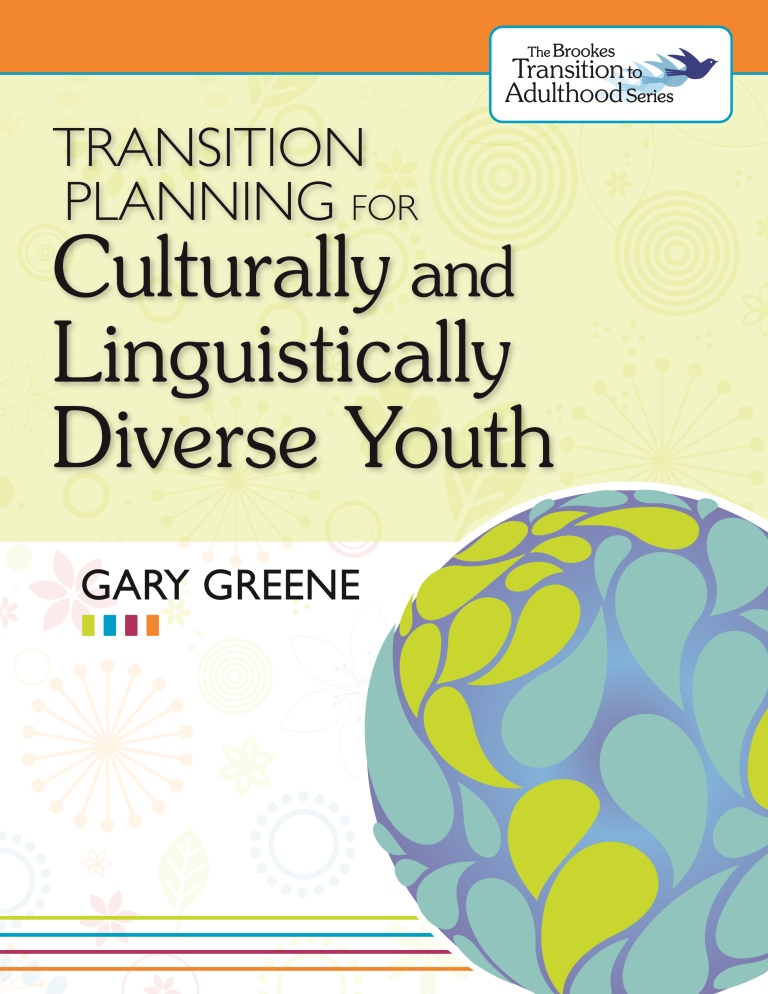
Transition Planning for Culturally and Linguistically Diverse Youth
A veteran trainer of transition specialists, Gary Greene is one of the foremost experts on helping students with disabilities launch successful adult lives. Combining his 25 years of experience with research on cultural and linguistic diversity, this highly practical, evidence-based quick-guide teaches you key skills and best practices in culturally responsive, family-centered transition planning for young adults from ages 14 to 22.
Stay up to date on the latest posts, news, strategies, and more!
Sign up for one of our FREE newslettersMore posts like this
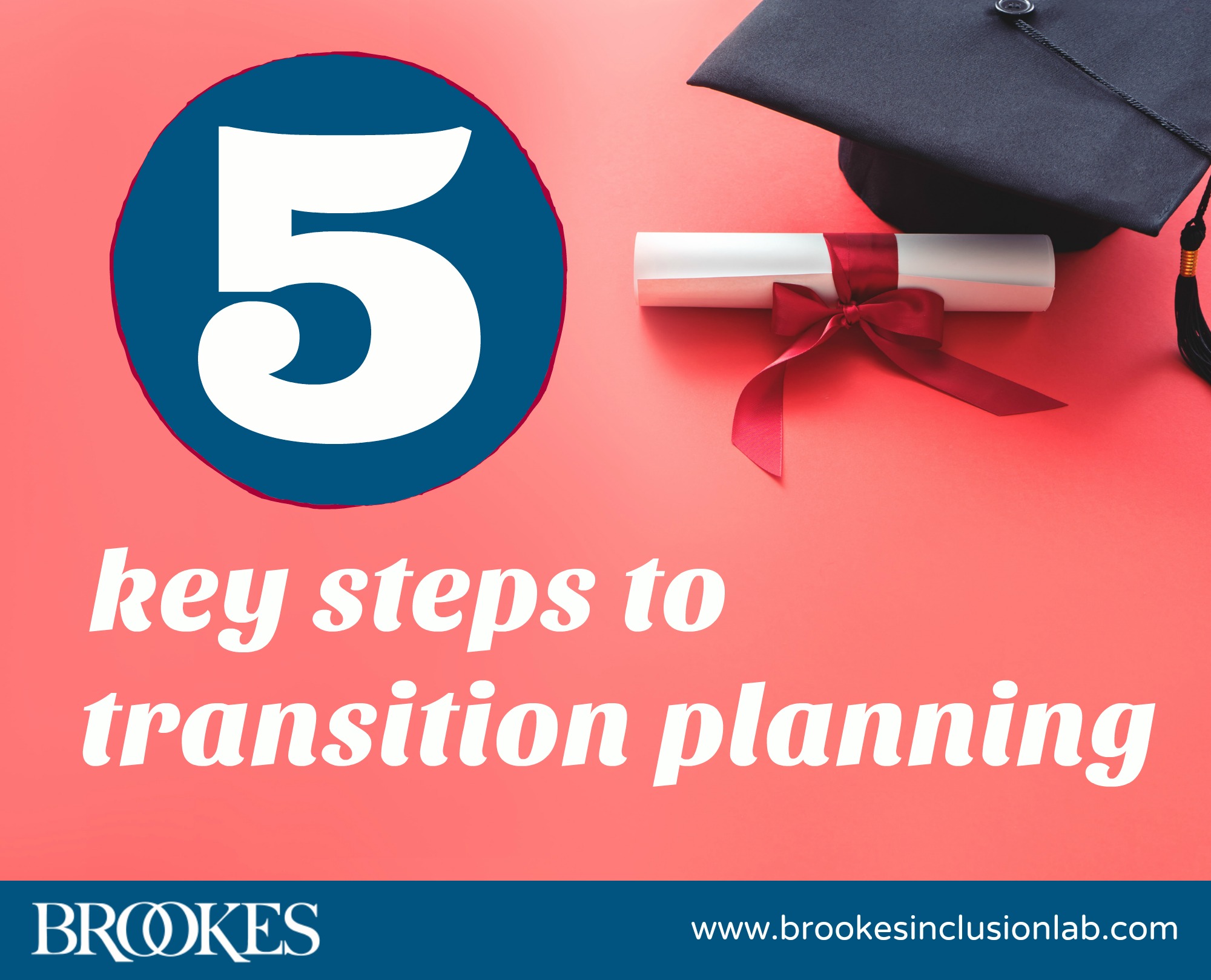
5 Key Components of Effective Transition Planning
March 10, 2020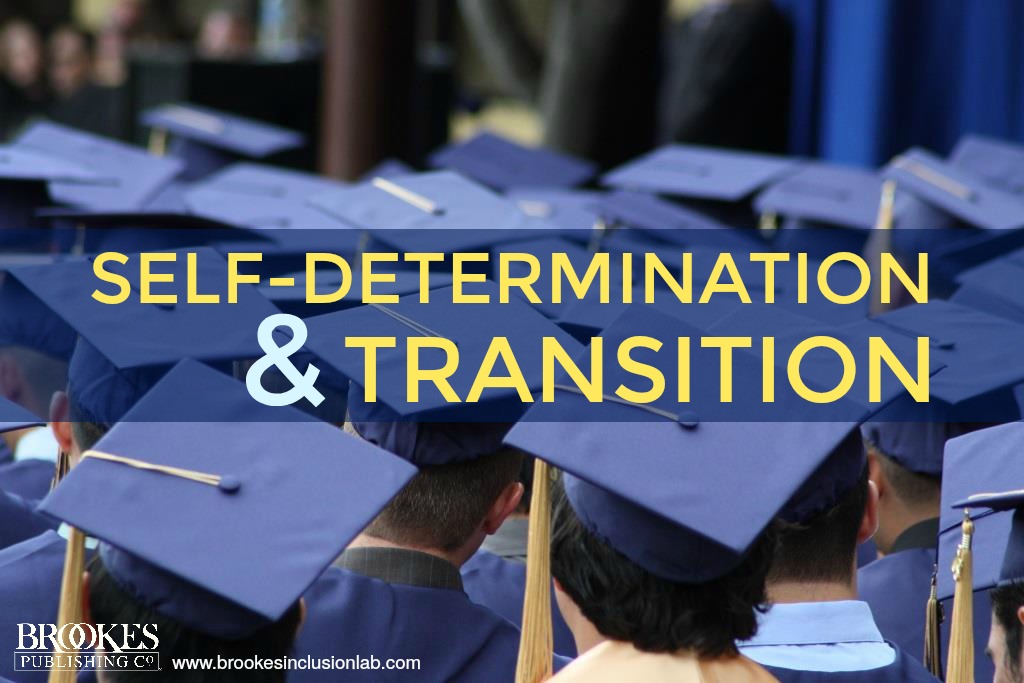
7 Key Steps to Self-Determined Transition Planning
February 13, 2018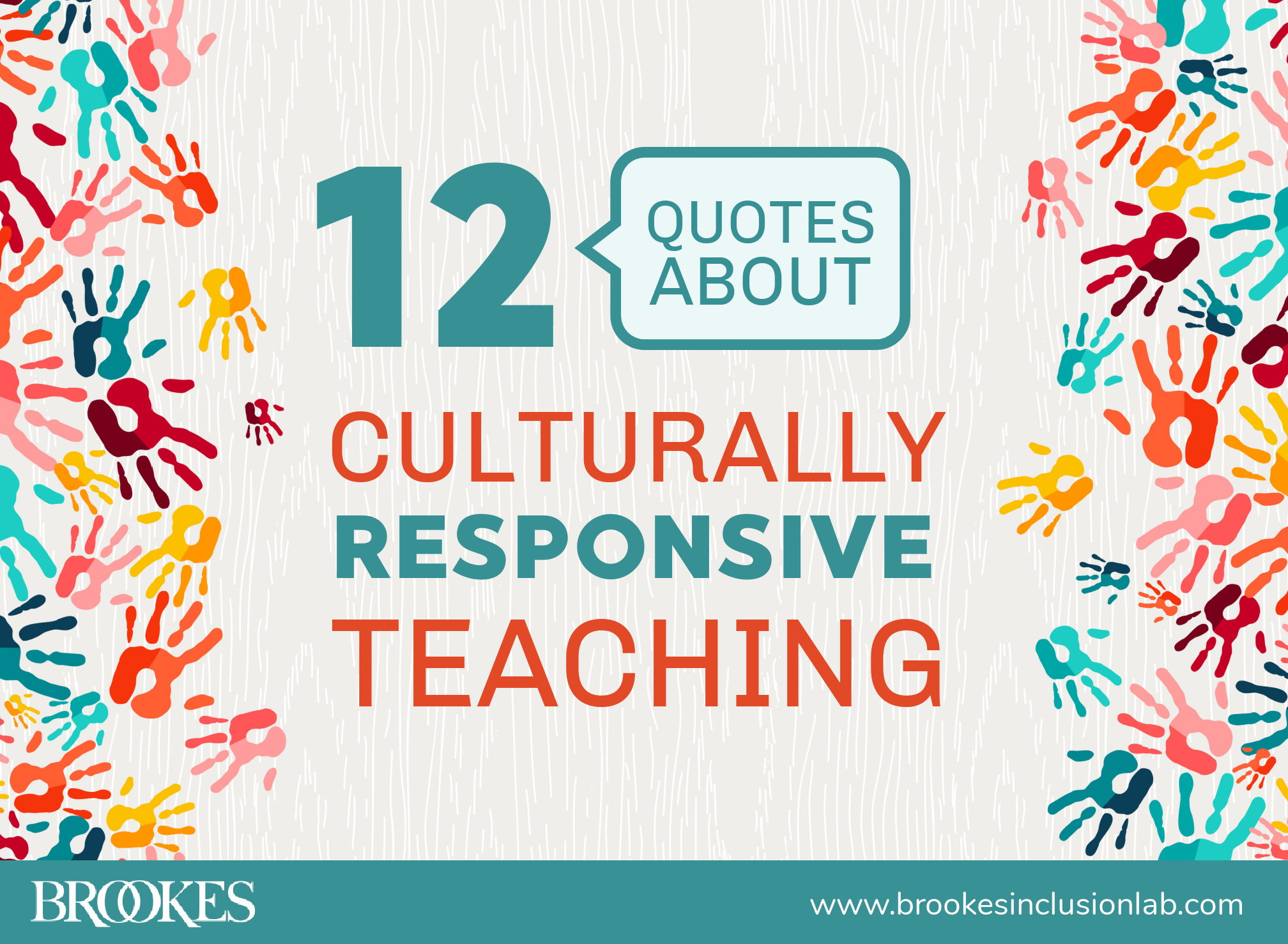

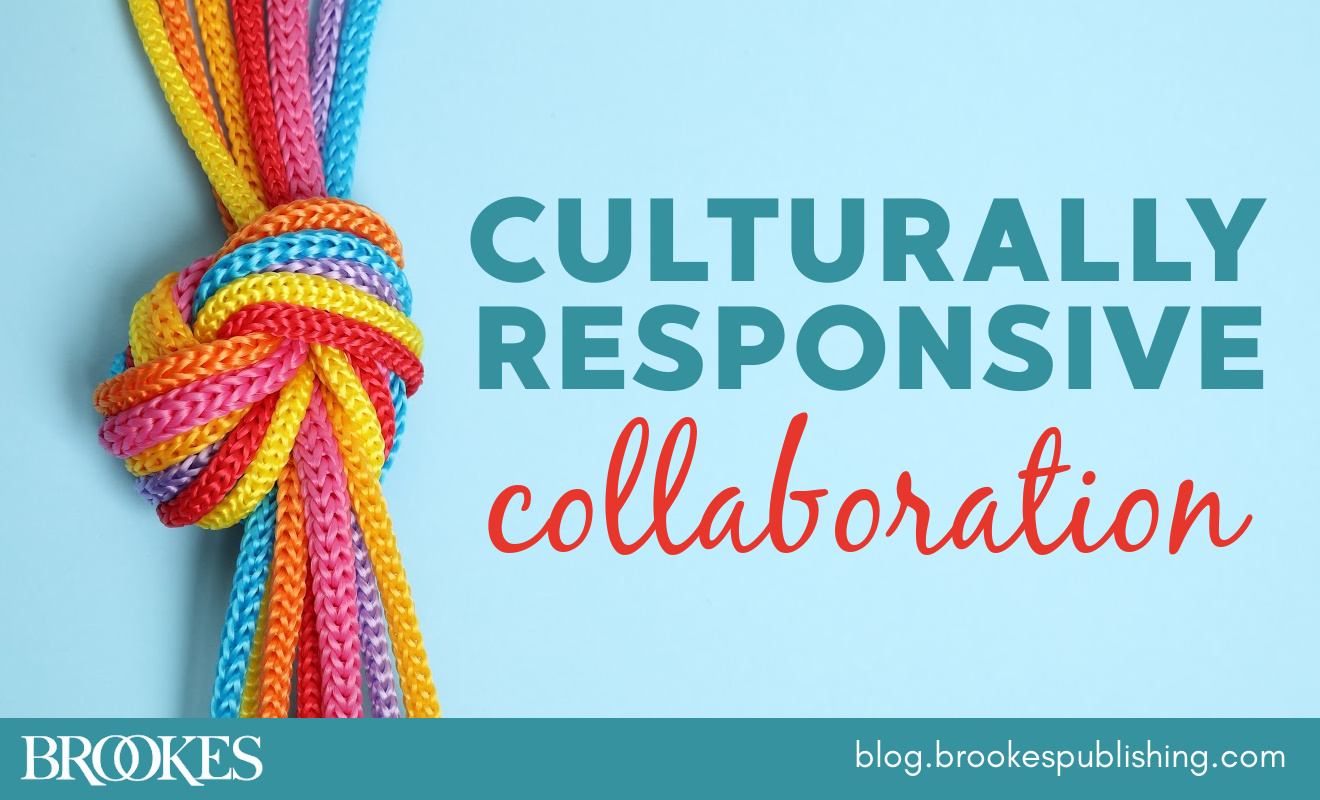
Write a Comment
Your email address will not be published. Required fields are marked *
Post a Comment